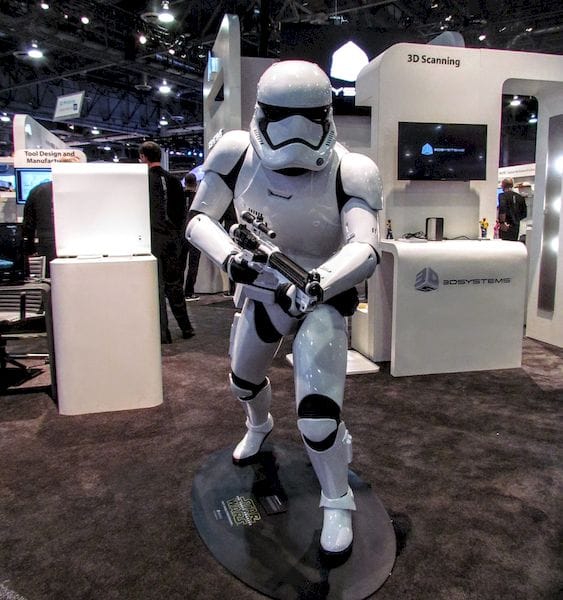
The College of Charleston in South Carolina does not want you to 3D print any weapons.
Or at least they don’t want their students to do on the institution’s bank of recently installed 3D printers. Their computer science department allows students to access these machines to 3D print objects presumably as part of school projects.
But evidently this fall a student 3D printed a entertainment prop, likely a fantasy gun for a video game on one of the devices. It seems that the management of the institution did not appreciate this and subsequently dispatched instructions to all students requesting no such weapons – or lookalikes – to be produced on school equipment. The message partly read:
There will be absolutely no 3D printing of objects that remotely resemble weapons (guns, knives, etc) using the department’s 3D printers. I have confiscated the print job that was running last night. If you feel yourself asking yourself the question ‘I wonder if this is an appropriate print job?’ then stop right there, because that’s how you know it is not.
This kind of restriction is perhaps understandable with today’s hysteria over terrorism, combined with insurance rates and lawsuit settlements.
It’s highly unlikely students would attempt to 3D print ACTUAL working weapons, although it seems possible according to some experiments by others. However, such weapons are typically quite dangerous and would be more easily made with traditional metal working equipment than 3D printers.
But is it practical? If students want to produce such props, they will probably find a way. Maybe they won’t 3D print the device itself, but simply print a bunch of parts that can be assembled into one. It might even be an interesting challenge for inventive students to decompose their weapon into a sufficiently large number of components to evade detection by school authorities.
And what is a weapon, anyway? A plain block of plastic with a sharp corner could make a good weapon in some circumstances, and that’s a pretty basic item to print.
I think that is not really what it’s about. I think this scenario is more about the school and its administrators to correctly state, after an incident, that they “took all reasonable precautions and set policies that apparently weren’t followed”.
The magic of 3D printers is that they can literally print any geometric shape possible.
And a policy isn’t going to change that.
Via Post and Courier

